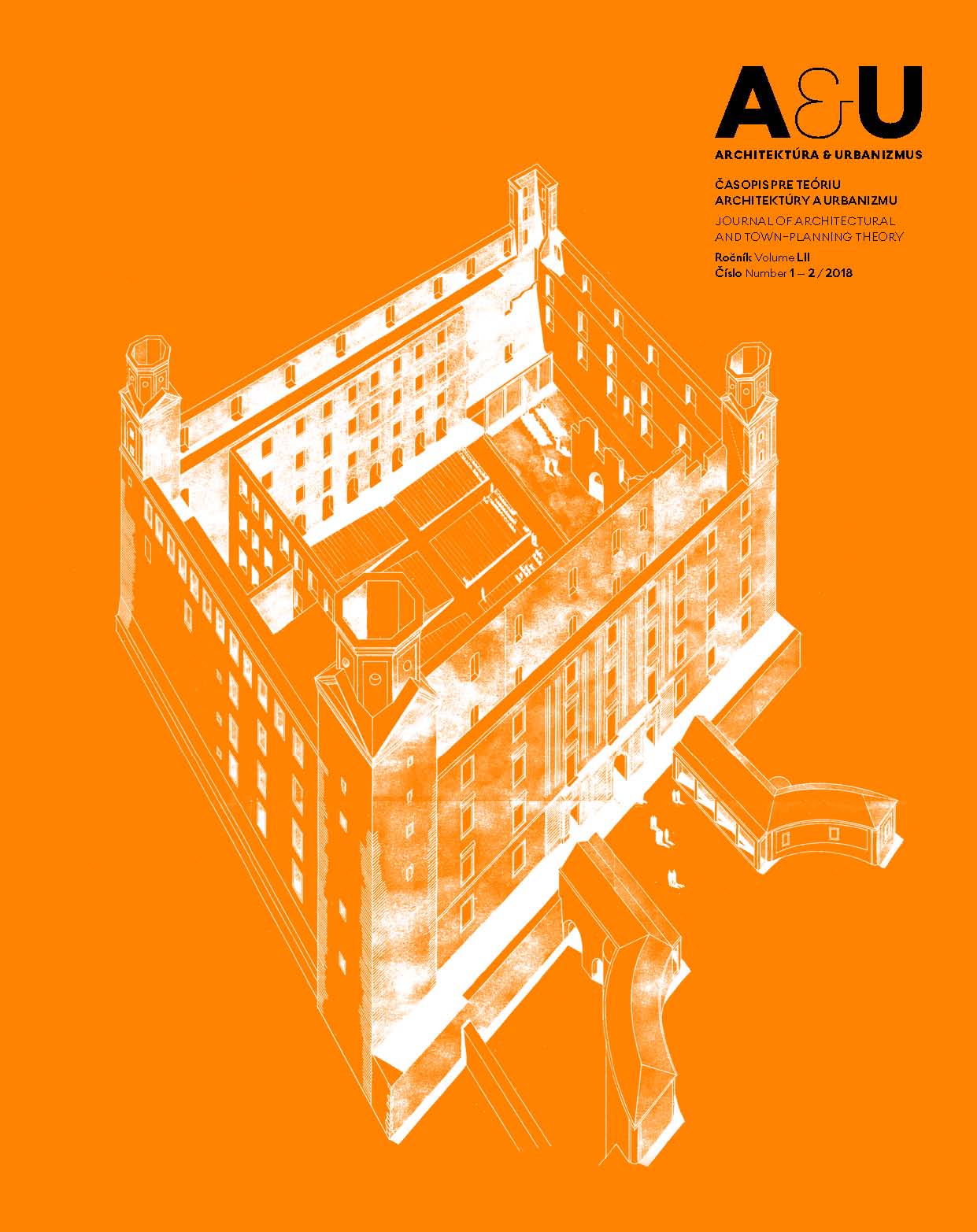ASANÁCIA: Priemet vyvlastňovacej legislatívy do plánovania Bratislavy ako hlavného mesta v prvej polovici 20. storočia; príklad Námestia slobody
CLEARANCE: Reflection of Eminent-Domain Legislation in Planning the Capital City of Bratislava in Early 20th-Century; Case Study Námestie Slobody
Author(s): Peter SzalaySubject(s): Politics / Political Sciences, Law, Constitution, Jurisprudence, Architecture, Local History / Microhistory, Recent History (1900 till today), Rural and urban sociology
Published by: Historický ústav SAV, v. v. i.
Keywords: clearance law; eminent-domain legislation; modern movement; urban planing; Bratislava;
Summary/Abstract: Clearance, as the “cleansing” of a building site from existing unwanted construction, ranks among the characteristic tools in the process of modern urban reconstruction, as well as one of the most visible and radical areas in which the law materialises in the area of architecture and urban planning. In the present study, we focus on investigating the development of urban-clearance law and its reflection in the practice of planning and deciding about construction from the standpoint of building modern capital cities, using as the example the creation of clearance laws in Bratislava and the concrete locality of today’s Námestie slobody, which formed the focal point for reflections on the city as the centre of government and administration for Slovakia.
Journal: Architektúra & Urbanizmus
- Issue Year: 52/2018
- Issue No: 1-2
- Page Range: 18-35
- Page Count: 18
- Language: Slovak

